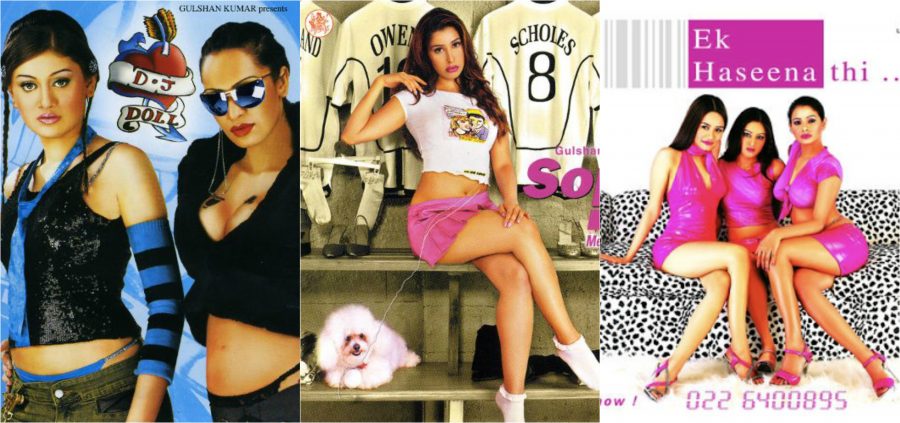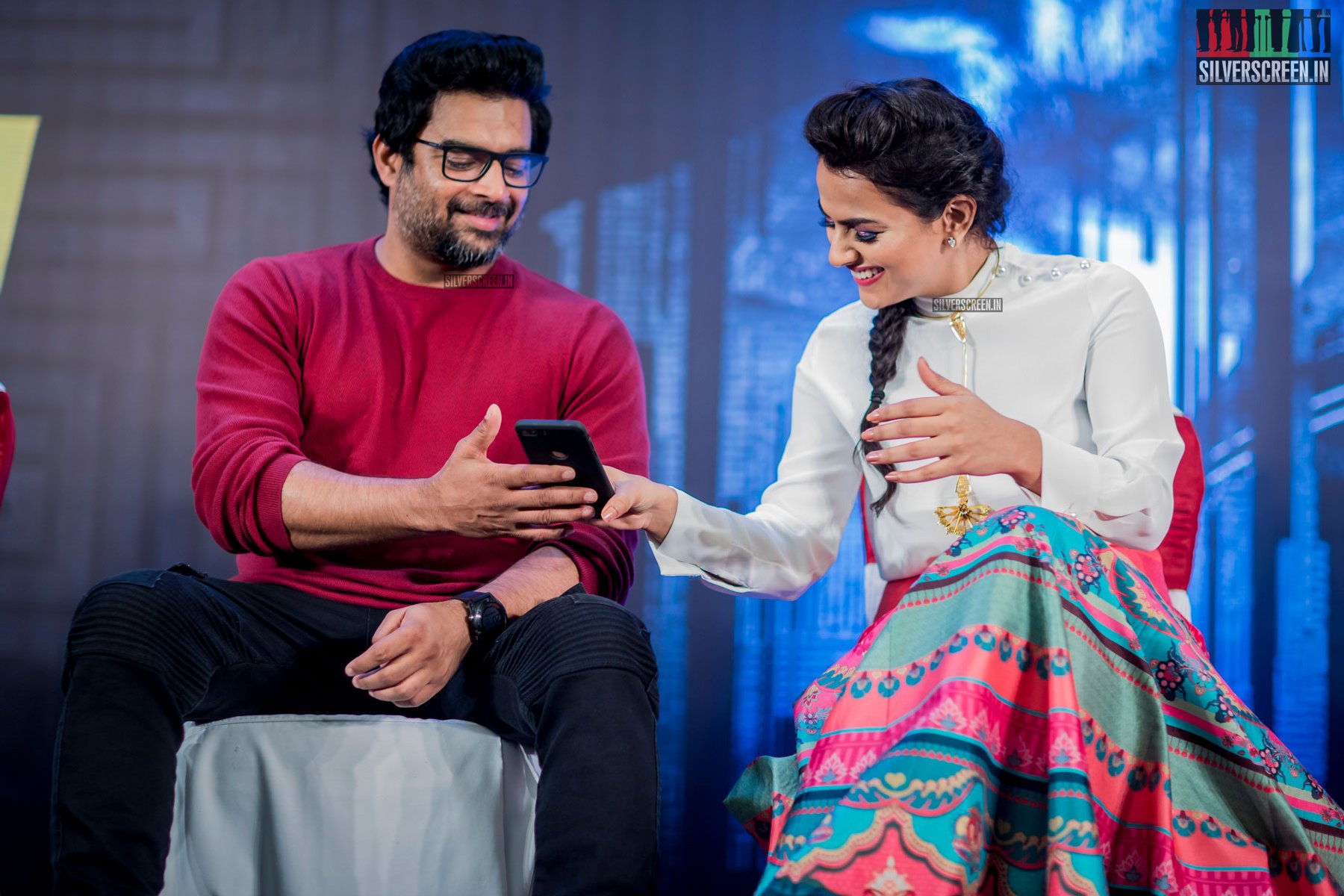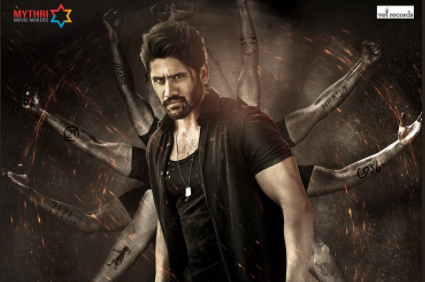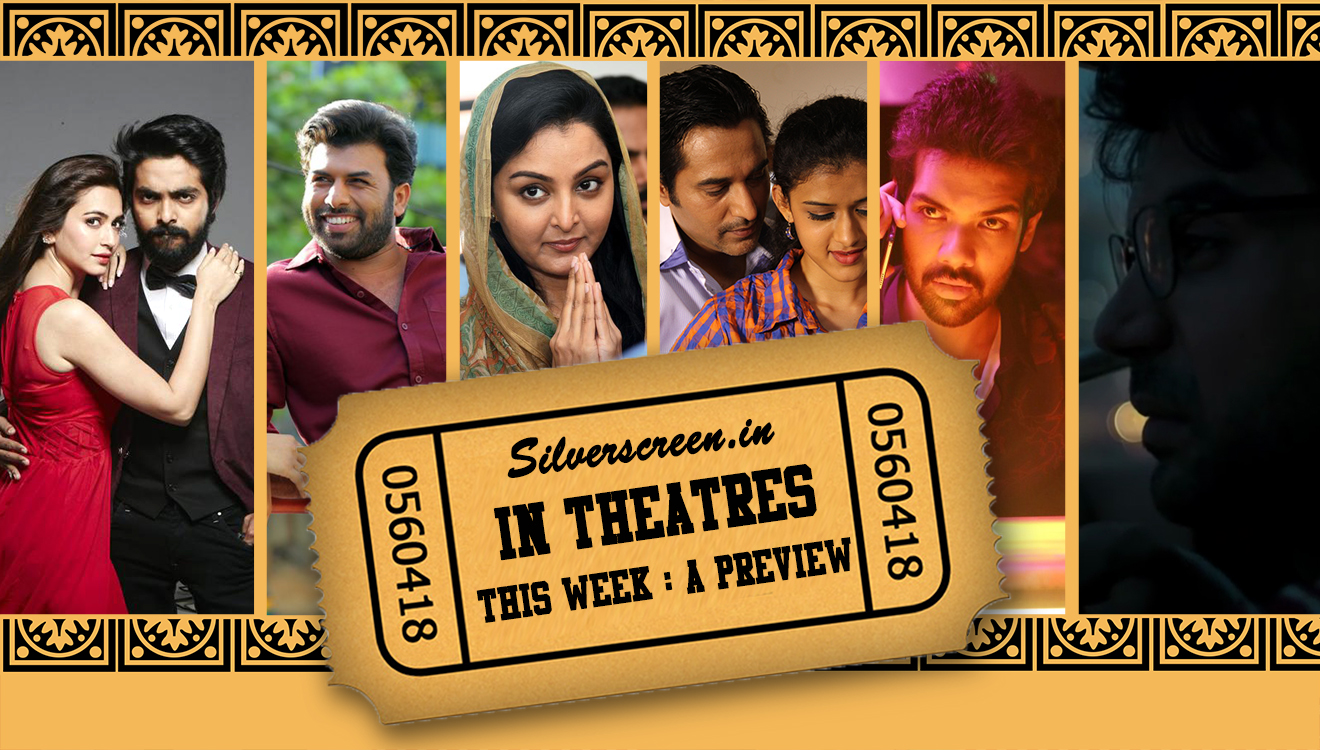It’s not easy filling Madhuri Dixit’s dancing shoes. Jacqueline Fernandez who took up the daunting task by reprising the classic ‘Ek Do Teen’, has probably become the most hated actress on social media so much so that stars like Anil Kapoor, Salman Khan had to tweet in her support. But why blame Jacqueline, when it is the music composers who lack originality and keep going back to mess around with the classics.
In the last few years, big films such as Badrinath Ki Dulhania, Azhar, and plenty others gave us remixed earworms from the bygone era like ‘Tamma Tamma’ and ‘Oye Oye’.
Some may have worked, but then there are others who brought back songs that weren’t even needed in the first place. Case in point: Hate Story 4, which released a couple of weeks back, remixed two of Himesh Reshammiya’s songs ‘Aashique Banaya Aapne’ and ‘Naam Hai Tera’, because clearly the originals were so missed by us that they had to remake them. It hasn’t even been 10 years since we last heard them, and yet, it’s back in trend because ‘remix’.
There’s also the remixed version of ‘Hawa Hawai’ and ‘Khoya Khoya Chand’ in the film Shaitaan, which though inspired, is extremely innovative in its treatment.
While we are a generation that grew up watching remixes play on MTV and Channel V, some of them were actually good homages to the original ones. Let’s face it, even RD Burman was heavily inspired by western music and that showed in his work. Meaningful appropriation remains a key tenet of creativity. All pieces of art have been open to re-appropriation. So bearing that in mind, there’s a need to acknowledge and defend the processes of cultural evolution that have existed for millennia, in which the practice we now call ‘remix’ has long played a fundamental role.
Someone who merges creativity and cultural evolution is YouTube star Kutiman, whose videos include people mixing their work together and recording clips from solo performances of musicians across the city of Tel Aviv to produce new compositions.
Back in the late 90s and early 2000s, when the trend of remixes began, everybody loved it. Much like anything mainstream, there were a fair share of naysayers. I remember conversations happening in my household about how it looked as though the songs were being packaged and sold off by adding some ‘sleaze’ to it. For once, my father was mortified watching all ‘skin shows’ in the remix of ‘Tu tu hai wohi’, ‘Paapi Bichua’, ‘Kaanta laga’, ‘Mera babu chail chabeela’, and many more.

Remix albums
There were exceptions, too, like Instant Karma’s ‘Dil Kya Kare’, paying tribute to the original song and keeping it alive. It shouldn’t surprise us that this song still plays on radio stations and is considered one of the greatest love anthems.
For a while, after the advent of music apps, YouTube, live gigs all between 2007 and the present, remixes briefly stopped. The singers themselves sung various versions of the same songs and the versions were made available. However, in the last few years, the trend of reprising songs slowly creeped back. Be it a ‘Tamma Tamma’ or ‘Aaj phir tumpe pyaar’, or ‘Aise na mujhe tum dekho’.
One song can mean different things to different people. We are all free to interpret songs and derive what we want from it. However, it wouldn’t be surprising to see every generation outrage about ‘remixes’ that, most believe, attacks the nostalgia attached to it. While the whole argument about ‘lacking creativity’ is true, who decides that creativity is only great when original?



